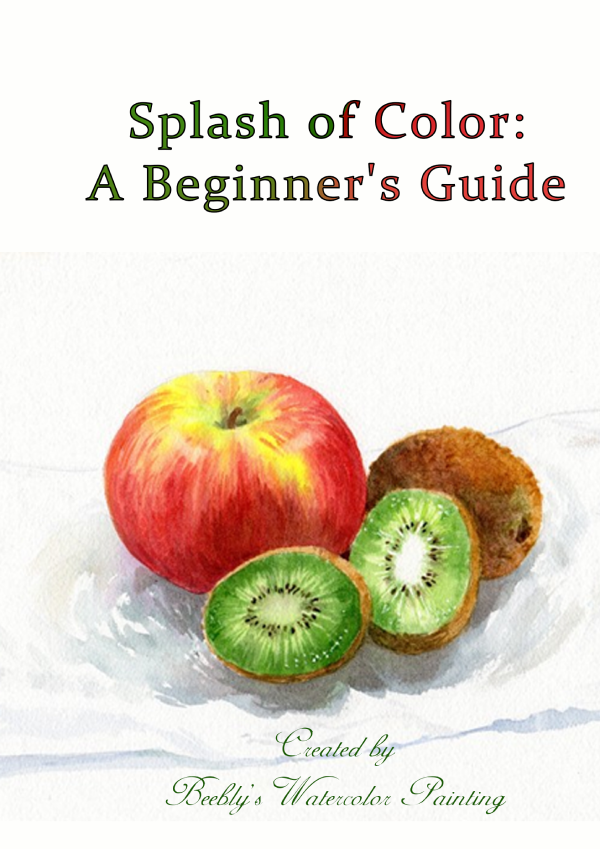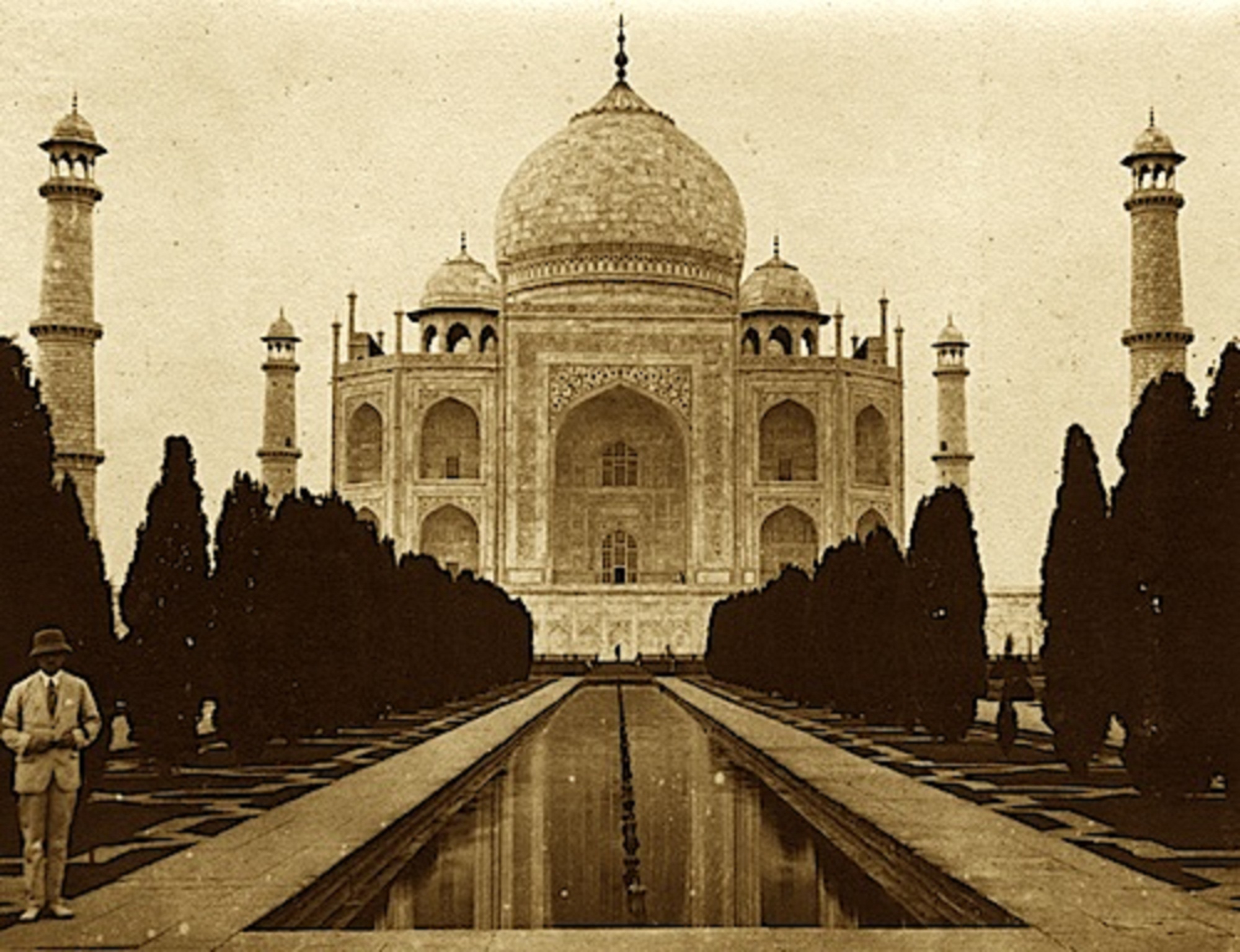
Finding the depth in art We function in a multidimensional universe and have to funnel our creativity into only two or three of those dimensions. In sculpture and related fields of art we are concerned with three dimensions. In drawing and painting however, we have to convert our 3 dimensional (3D) visual experience into 2 dimensional (2D) symbols. Perspective, in it's various forms, aids us in taking a 3D view and evoking the same visual sensation within the limits of two dimensions. The basic rules are simple and based on the visual reality we view through our stereoscopic vision. The...
Categories: Watercolor Lessons , Beginner Techniques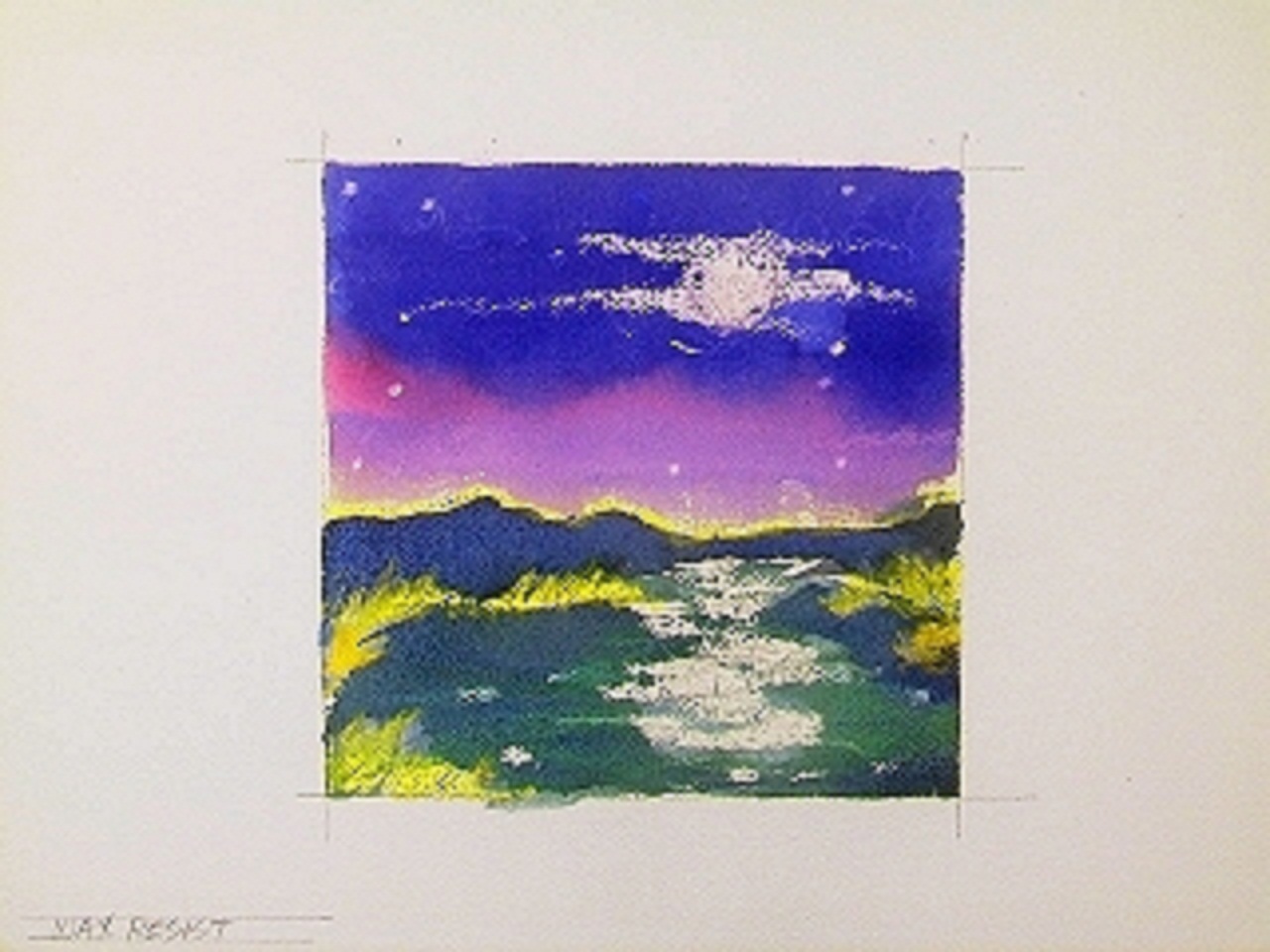
How to use wax crayons and wax candles as a watercolor technique to resist paint and produce special effects.
Categories: Watercolor Lessons , Advanced Techniques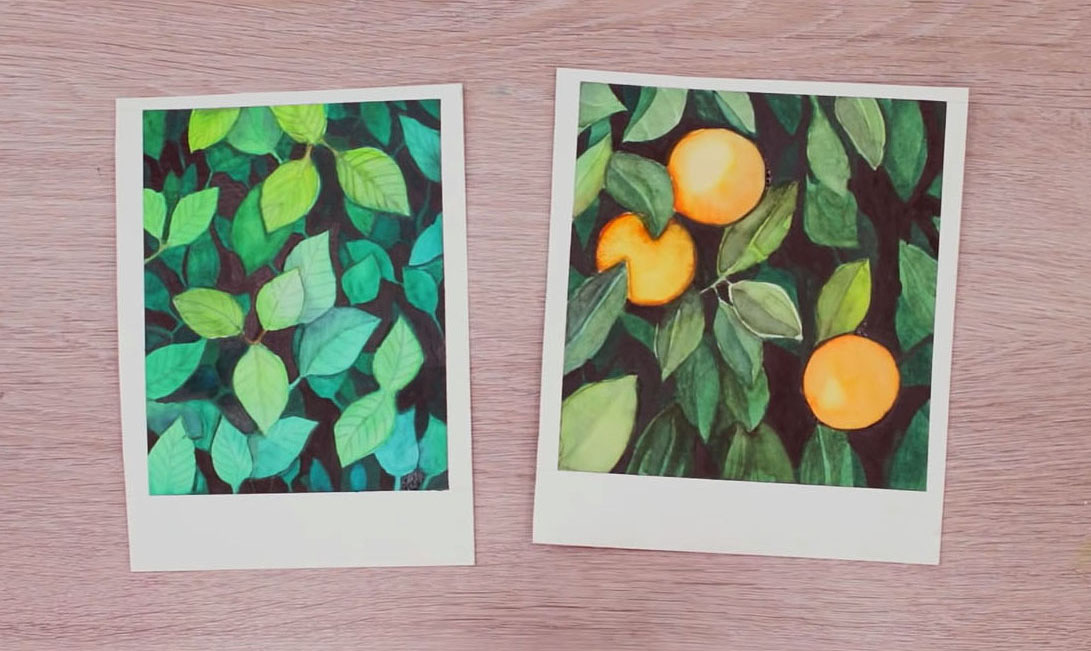
Don't miss this chance to learn all about negative painting! We're painting eye-catching leaves with watercolor techniques that will make your subject POP.
Categories: Color Theory , Beginner Techniques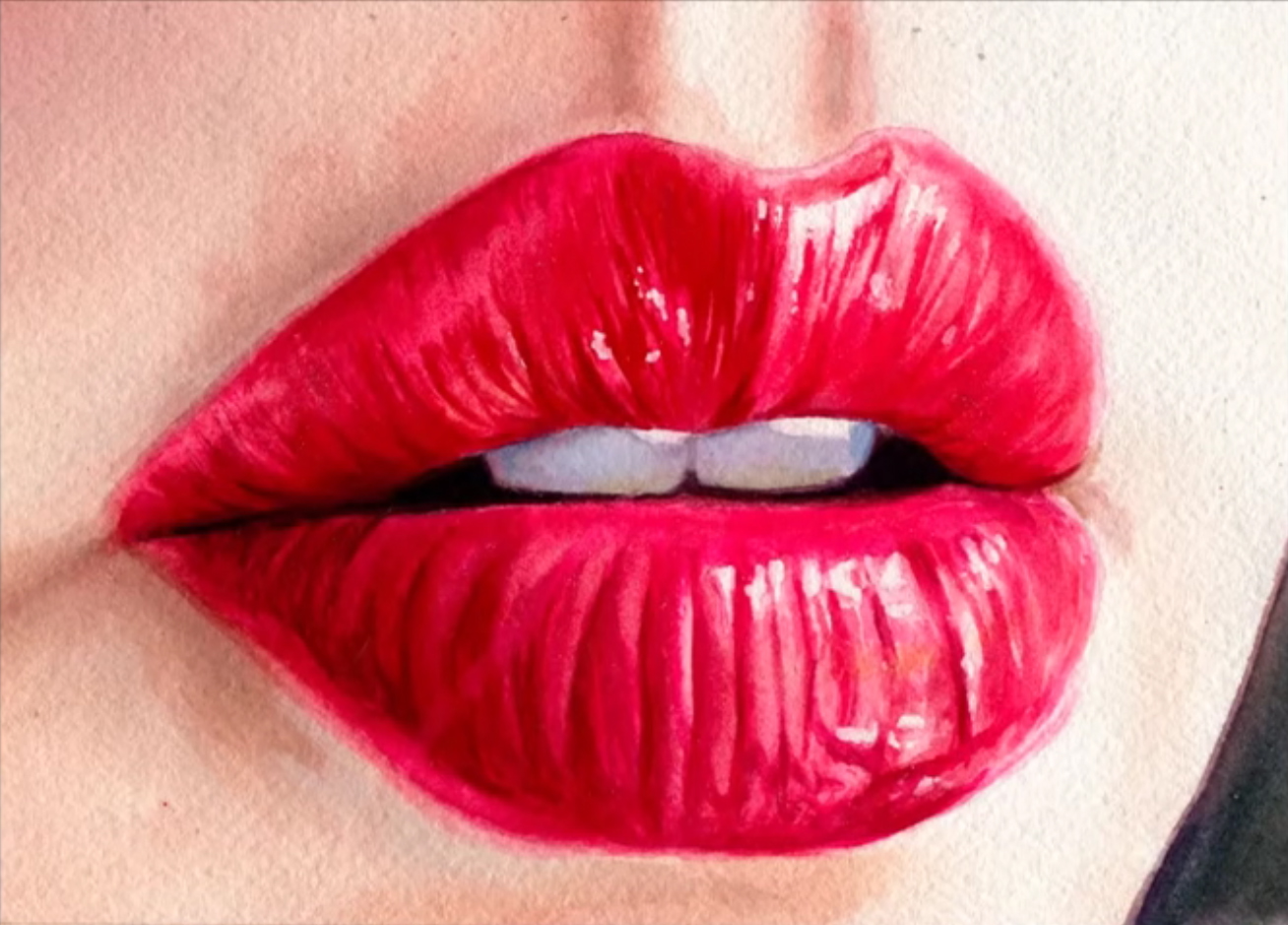
Here's a taste of what it's like to paint part of a realistic human portrait, starting with the lips.
Categories: Step-By-Step Painting Ideas , Watercolor Lessons , Advanced Techniques , Step-By-Step Lessons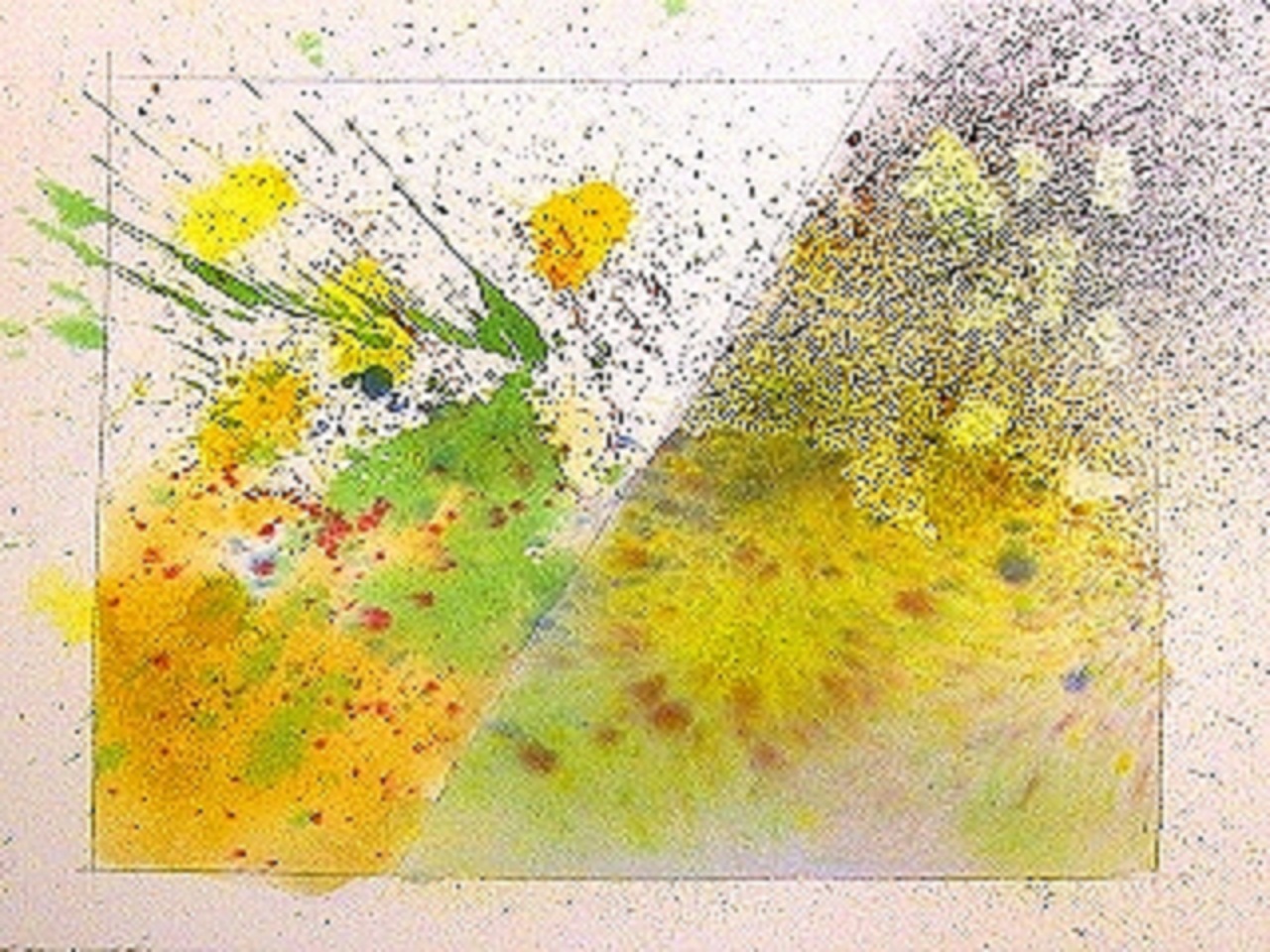
Flinging paint may be the most fun watercolor technique. Here's how to do it in a controlled (or uncontrolled) manner.
Categories: Watercolor Lessons , Color Theory , Beginner Techniques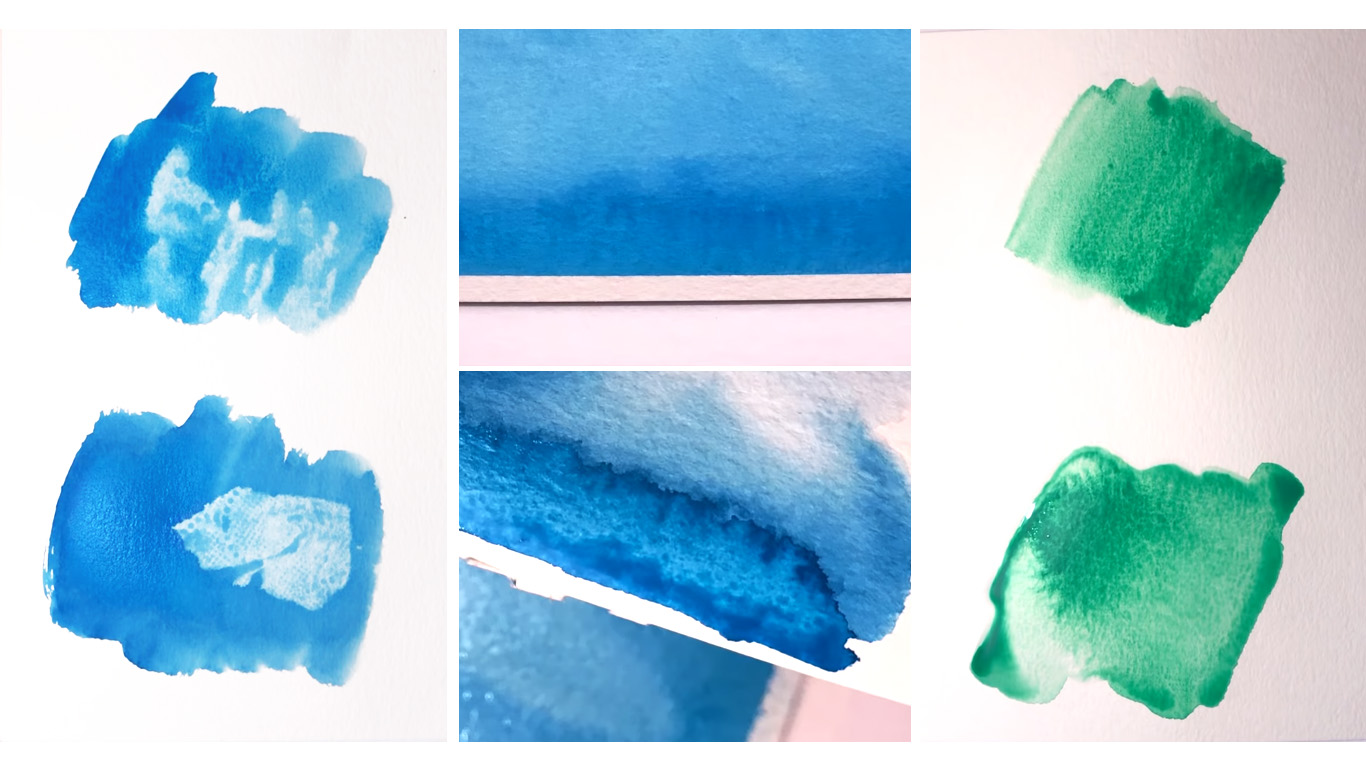
Hope you're in the mood to pick up some new watercolor techniques because today we'll be adding new tips to your arsenal! Following these essential do's and don'ts of watercolor can bring your watercolor painting skills to the next level.
Categories: Beginner Techniques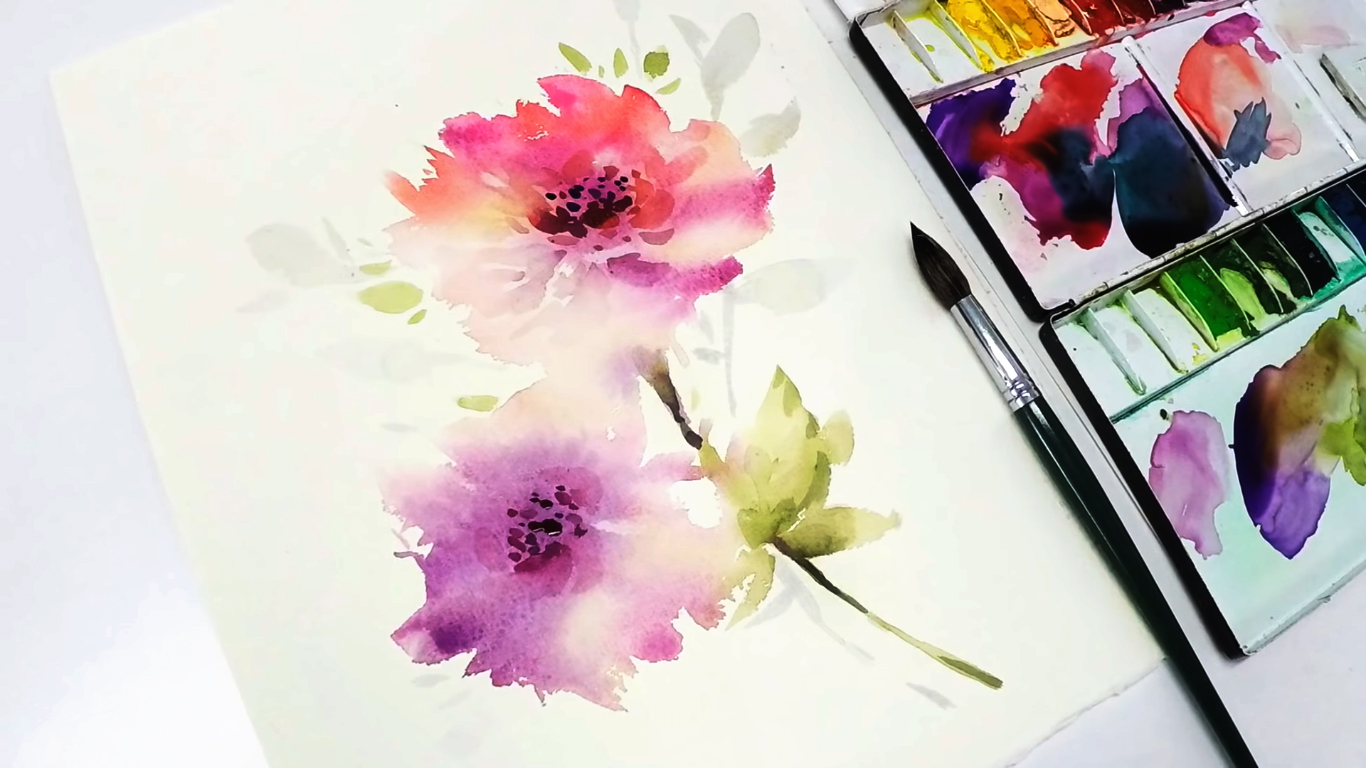
Want to make some watercolor flowers bloom? Learn how by following this tutorial, which will sharpen your brushwork and knowledge of the wet-in-wet technique.
Categories: Step-By-Step Lessons , Beginner Techniques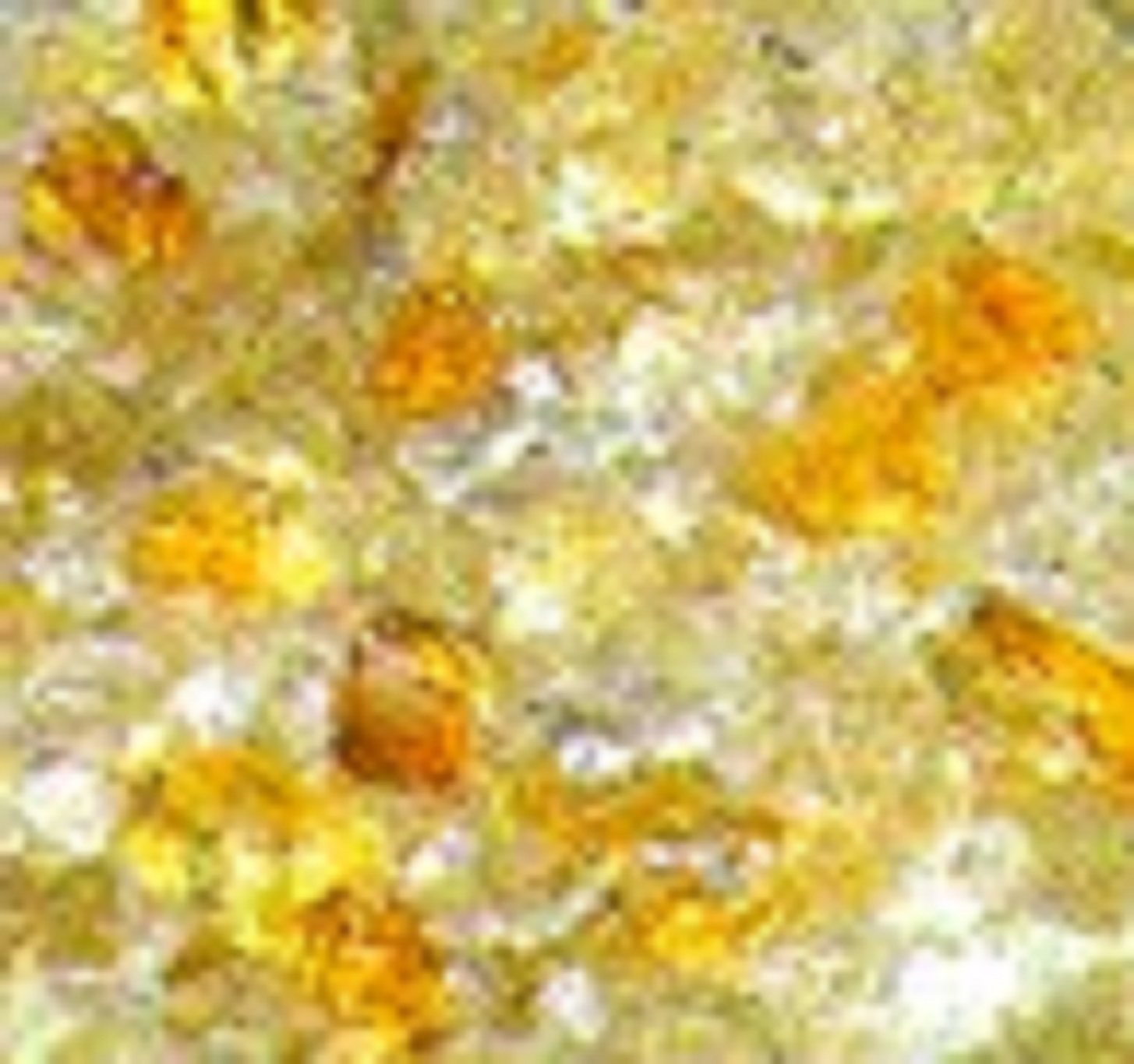
The Stuff of Paint Watercolor: What it is. Traditional transparent watercolor is finely ground pigment in a water-soluble binder such as gum arabic. Gum arabic is water-soluble gum produced by a species of the acacia tree and is available in crystalline form or in prepared solutions. The gum arabic crystals or granules are transparent when pure, but less highly refined varieties can be yellowish to honey colored. Gum arabic is also used in inks, adhesives, pharmaceuticals, and confections (it's non-toxic and tasteless). Other binders used for watercolor paint have included Tragacanth, a gum optained from various asian shrubs, and fish...
Categories: Watercolor Lessons , Beginner Techniques


